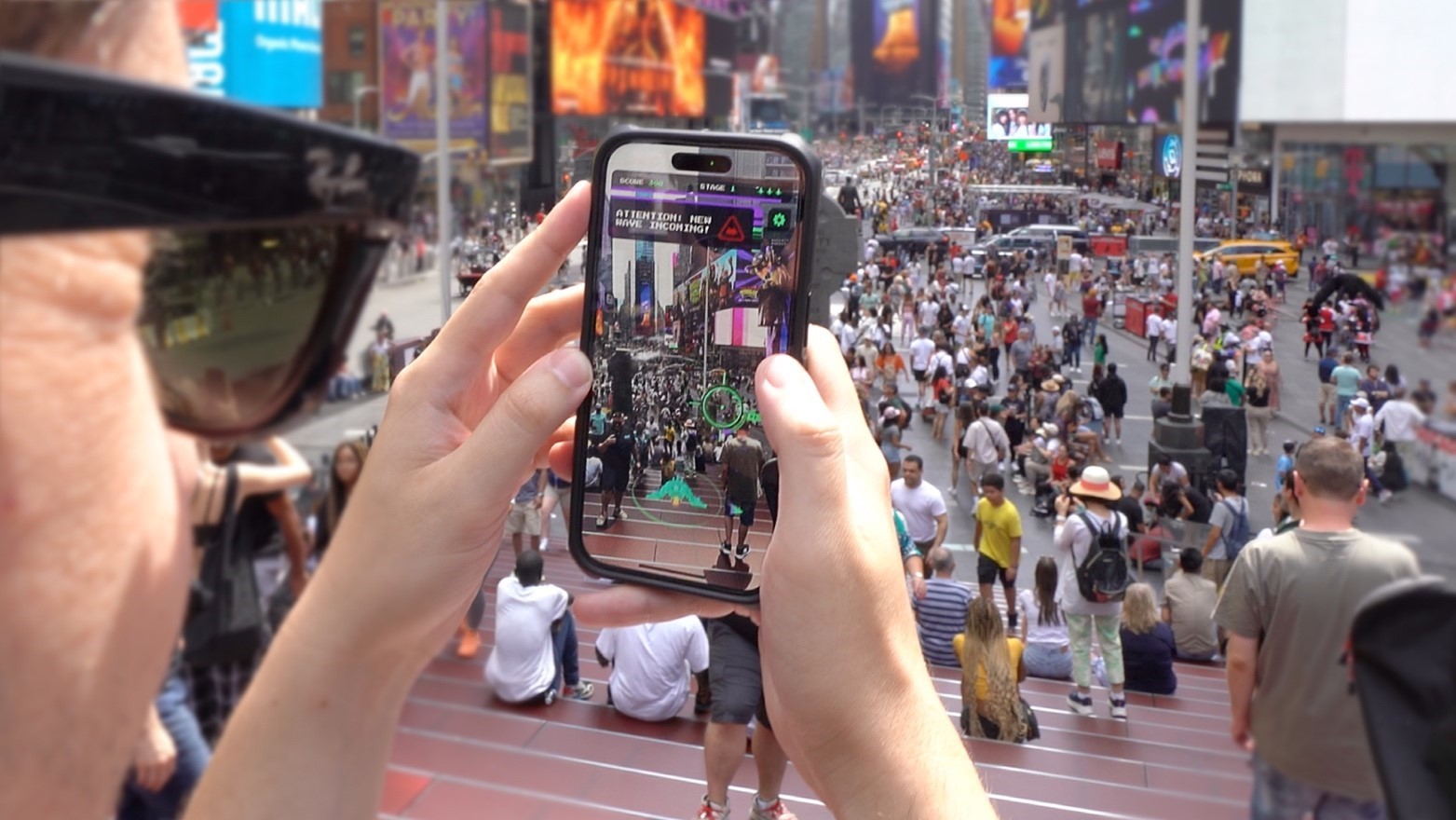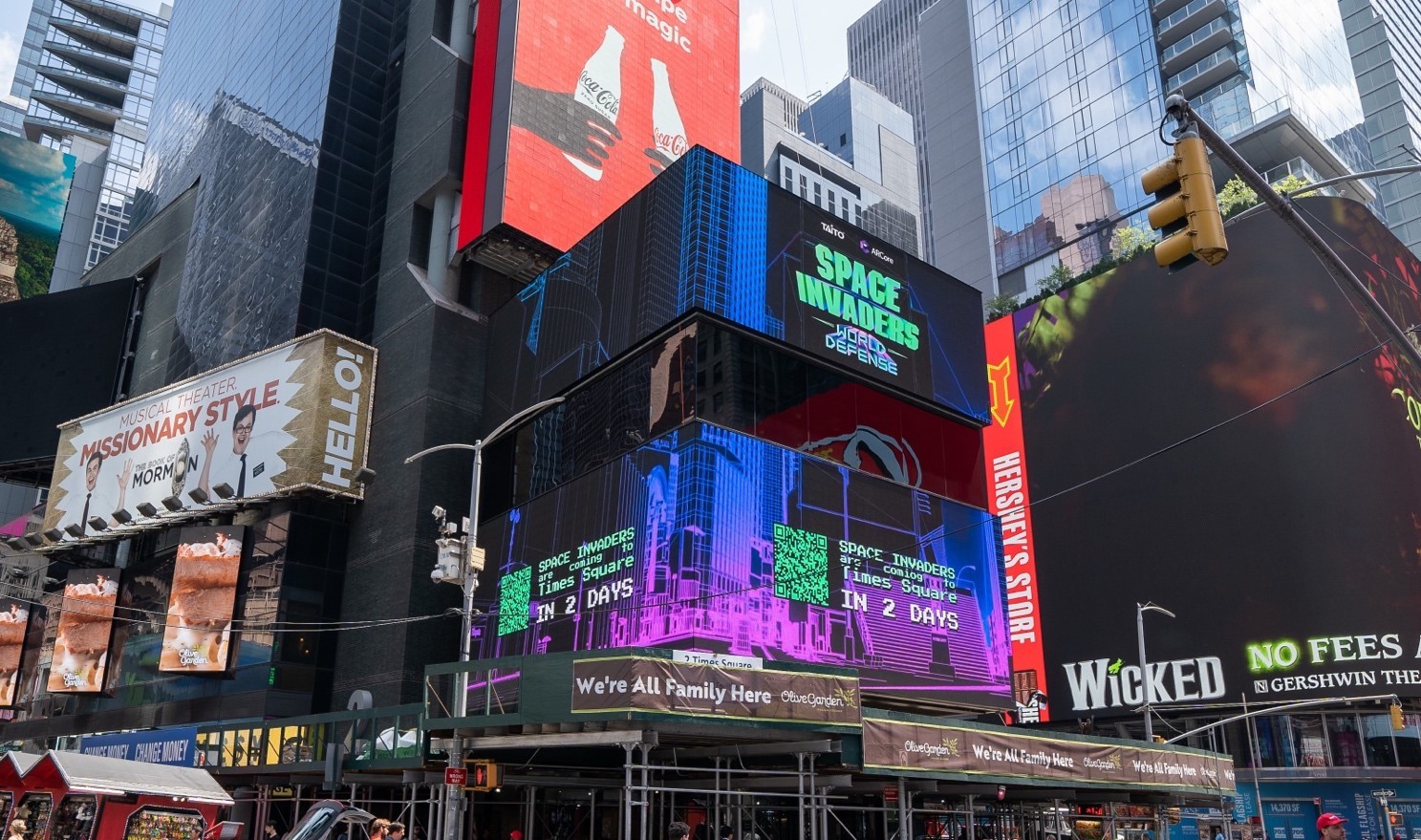Faux OOH is Having a Moment, But #SOOH is the Real Thing

By now, most everyone has seen billboards along the Sunset Strip come to life in The Rolling Stones "Angry" music video. What better ode to OOH and its role in the cultural zeitgeist than being the centerpiece to The Rolling Stones first studio album launch in 18 years.
While recently coined Faux OOH or FOOH, the concept of fabricated OOH ads as content, similar to those in the video, has been a creative tool for years. It was most commonly used in television commercials by banks, brokerages and healthcare businesses as a vehicle for sharing their messaging on OOH assets. Just as we say OOH is woven into the consumer journey, brands see it as a stage for which they share their story.
Today's brand marketers know OOH is a driver of social content and their deployment of it as Faux OOH is an extension of the same insight. Over the last decade, categories such as luxury, DTC and entertainment have benefited and intentionally leveraged the power of social out of home (#SOOH), helping to define the trends we see in media today.
OOH is 7X more likely to be shared to social platforms compared to other media formats (Comscore, 2022) meaning the combined power of a physical campaign amplified on social channels is markedly different than a fantastical idea solely shared on social. Consumers are savvy and hyper-aware when they are being teased by bite-sized content and PR-able moments versus experiencing a strategically driven, far-reaching brand activation.
Some brands have started to adopt the term Faux OOH to give added purpose to this old, but "new" trend and how they utilize it as part of their social content strategies. However, while it runs in parallel and complements Social Out of Home, Faux Out of Home has its differences:
- Faux OOH is Fleeting: Real OOH has staying power, and an exponential life as new waves of consumers are exposed, they share again and again to new groups of followers over the course of the campaign. Very often part of the delight is seeing people react to the ad in real life.
- Post Malone Surprise Concert in Times Square: In partnership with Raising Canes and Harley Davidson, Post Malone surprised a Times Square audience as the first artist to perform live on the new, TSX Stage. OOH has forever given celebrities of all sizes their own "I made it" moments. For Post Malone, playing his newest single in a way that could not be replicated across any other media format did just that -- "I just wanted to say to everybody who came to hang out I'm so grateful and so very honored to be kicking this off. This is the coolest venue in the f–king universe. I'm super nervous and super happy you guys came out."

- Post Malone Surprise Concert in Times Square: In partnership with Raising Canes and Harley Davidson, Post Malone surprised a Times Square audience as the first artist to perform live on the new, TSX Stage. OOH has forever given celebrities of all sizes their own "I made it" moments. For Post Malone, playing his newest single in a way that could not be replicated across any other media format did just that -- "I just wanted to say to everybody who came to hang out I'm so grateful and so very honored to be kicking this off. This is the coolest venue in the f–king universe. I'm super nervous and super happy you guys came out."
- Consumers Crave Brand Authenticity:When an OOH campaign becomes social content it is shared not just by the brand, but by talent, influencers and most importantly, organically by consumers who were surprised and excited by the execution in real life. It's a very different consumer experience than seeing something fabricated on social. While Faux OOH drives PR-able moments for brands, consumers today look to OOH as one of the most trusted mediums and value brand authenticity as they make purchasing decisions.
- Ikea's Iconic Blue Bag is Bigger on the Streets: As part of a global campaign, the Ikea Blue Bag has gotten bigger in both London and NY. Rather than digitally placing huge Ikea bags in cities to generate interest, Ogilvy created real-life, 3D installations and walls to capture people along their journeys and engage them with a shoppable AR experience. The activations were eye catching, had a call to action and garnered the organic engagement that brands see with #SOOH today.
- Better than Faux: Advances in Real Life OOH Technology:Today, the intention is to bring a 3D, immersive experience to big, brand moments. This trend is following advances in OOH through which 3D Spatial and Augmented Reality is happening in real life.
- SPACE INVADERS Turns NY into an AR Playground: World Defense was the VOOH experience that launched world scale gameplay in stunning AR unique to physical locations. Both the outdoor environment and the gamified engagement were central to the experience while the CGI social content simply directed attention to the IRL experience. This lasting brand experience would not have been possible without the virtual and physical experiences working in tandem.

Oscar Wilde once said, "Imitation is the sincerest form of flattery" and Faux OOH is exactly that. OOH is hot and the creative opportunities for both faux and IRL are limitless. We enjoy seeing the confluence of OOH and social, but believe it works better and stronger together.
Click the social buttons to share this story with colleagues and friends.
The opinions expressed here are the author's views and do not necessarily represent the views of MediaVillage.org/MyersBizNet.


